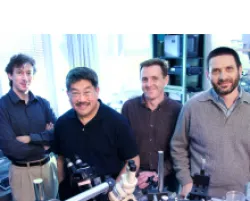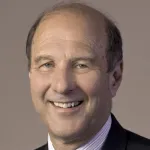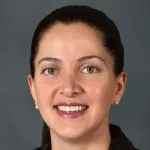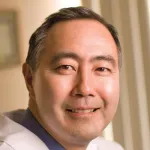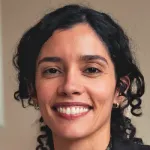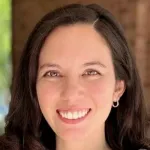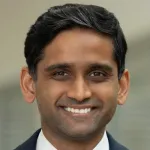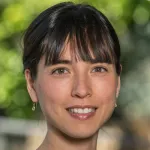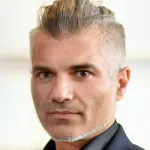
Andreas Tolias - Professor of Ophthalmology
Dr. Andreas Tolias's lab works on the interface of neuroscience and AI research. They combine systems and computational neuroscience with machine learning approaches to decipher the network level principles of intelligence focusing on perceptual inference and decision making. Engineering these principles in AI systems provides a powerful platform to mechanistically test our understanding of brain function under natural complex tasks and develop the next-generation of less artificial and more intelligent algorithms.

